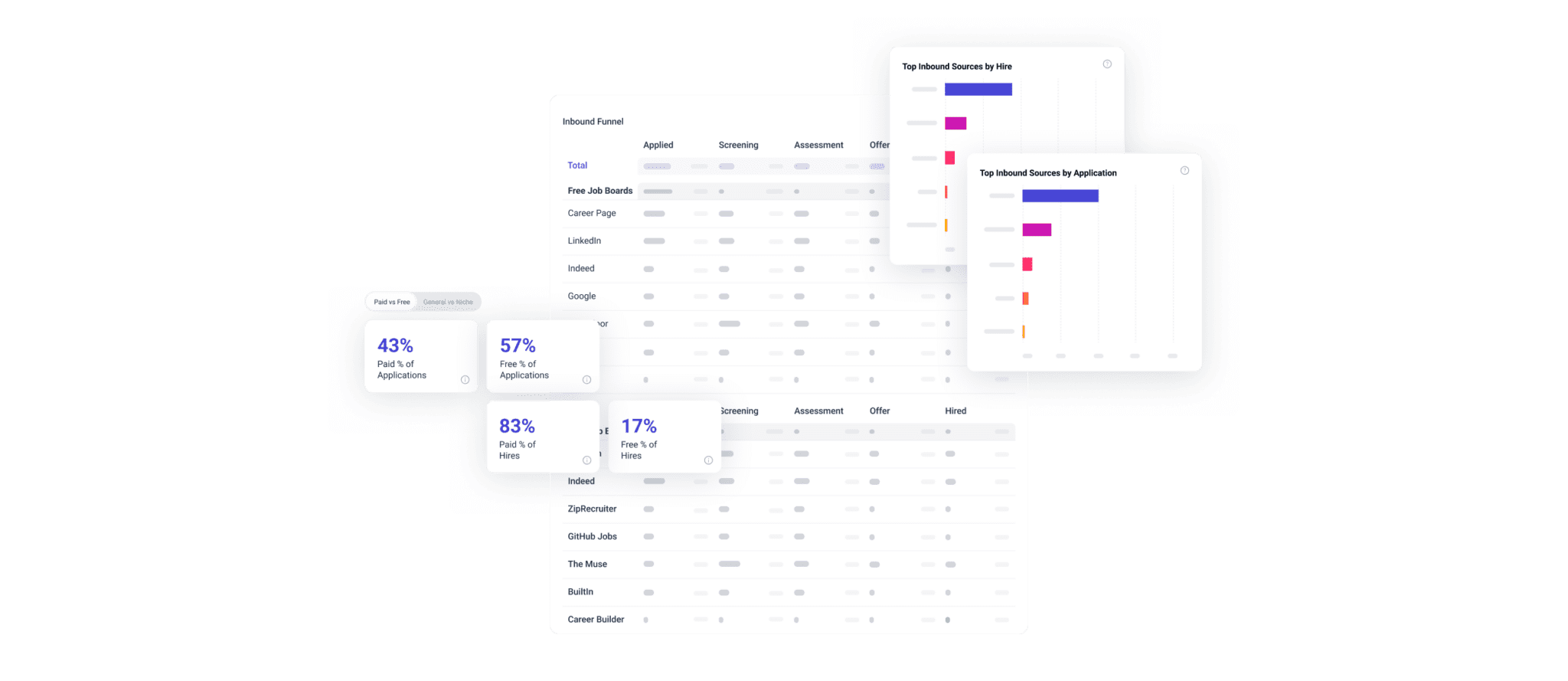People learn from other people. Artists learn from other artists, musicians learn from other musicians, athletes learn from other athletes, et cetera, et cetera. And while hiring teams can certainly learn from other hiring teams, especially when it comes to job descriptions, there’s a major pitfall with that approach. Namely, the job description language echo chamber.
Many hiring teams “borrow” language used in job descriptions published by other companies for their own job posts. Over time, this has created a dynamic where certain language has become ubiquitous. This is the job description language echo chamber.
The copycat approach
Let’s say you’re a recruiter looking to fill a position that you’ve never filled before. You may have a rough outline of what you need from the hiring manager, but you don’t have a sample job post to use as a template. Internally, there is no central job repository to pull from, so you have to draft from scratch.
You do what everyone does in this moment. You start looking at other companies’ job posts. If the other companies are your direct competitors, so much the better. You can match your job post to your competitors’ so you’re (theoretically) on a level playing field. (By the way, this is the same thing that happens when you use AI for job ads.)
The problem with this approach is that, without data backing up your language choices, you really have no idea what language works and what doesn’t. And neither do your competitors’ hiring teams, so copying them doesn’t really help you.
Data, not intuition, is the key here
Contrary to what many believe, effective job description language isn’t intuitive. It’s not something you can determine through ‘gut feeling,’ ‘experience,’ or ‘expertise.’ And it’s not something that other hiring teams can figure out for you (not without good job description software, anyway).
For one thing, we all have limited exposure to the sheer number of job posts published every year. There are millions of them, but we only see a small, anecdotal sample in what we’ve read or written ourselves.
Also, we all read job descriptions differently. People don’t have the same life experiences and don’t interpret language in the same way. It’s impossible for a job post writer to understand how each and every job seeker out there will react to certain language. (This includes job post writers on your team and on your competitors’ teams.) You need a large dataset for that.
Meanwhile, real-world reactions are often counterintuitive. Language that suggests an applicant should be ‘aggressive’ or ‘assertive,’ for example, can be a deal-breaker for job seekers who identify as female. Why? One assumption is that women don’t usually associate those terms with themselves because they are traditionally associated with men.
But is that really the case? In reality, women can be just as aggressive or assertive as men can be. And, certainly, many women would consider themselves a perfect fit for a job requiring assertiveness.
Yet they still may not apply. Not because they don’t think of themselves as a ‘go-getter.’ But because job description language like that can signal a work environment where others may make assumptions based on gender identity.
Escape the job description language echo chamber
In the end, common doesn’t equal effective – and ineffective job posts result in fewer qualified candidates and longer time-to-fill. Just because every job post you read uses the word ‘analytical’ in it or includes a line about ‘excellent written and verbal communication skills’ doesn’t mean you should use them too.
The fact that everyone is adding language like this doesn’t mean it’s working. Actually, the only way to know what works and what doesn’t is through language analytics. Or, more precisely, analytics that reveal effective language, not just common language.







